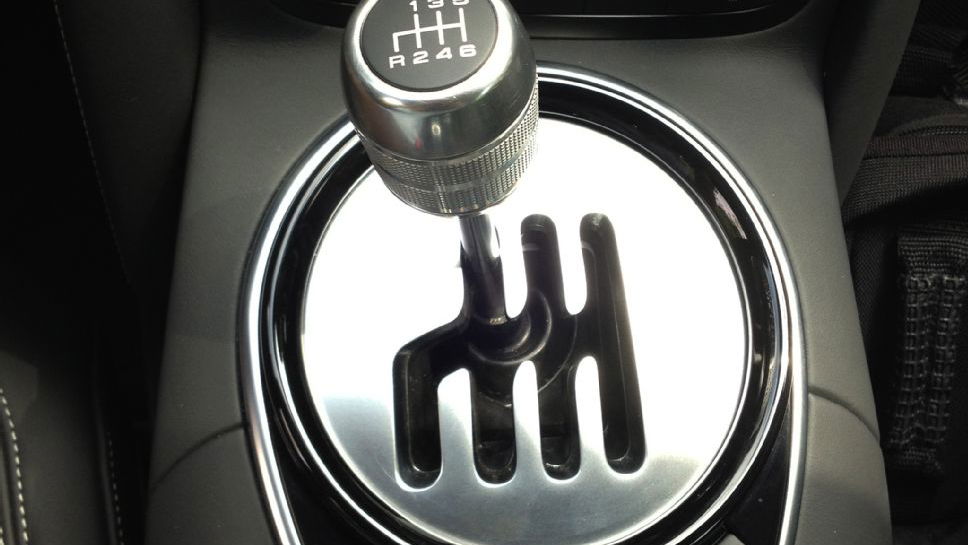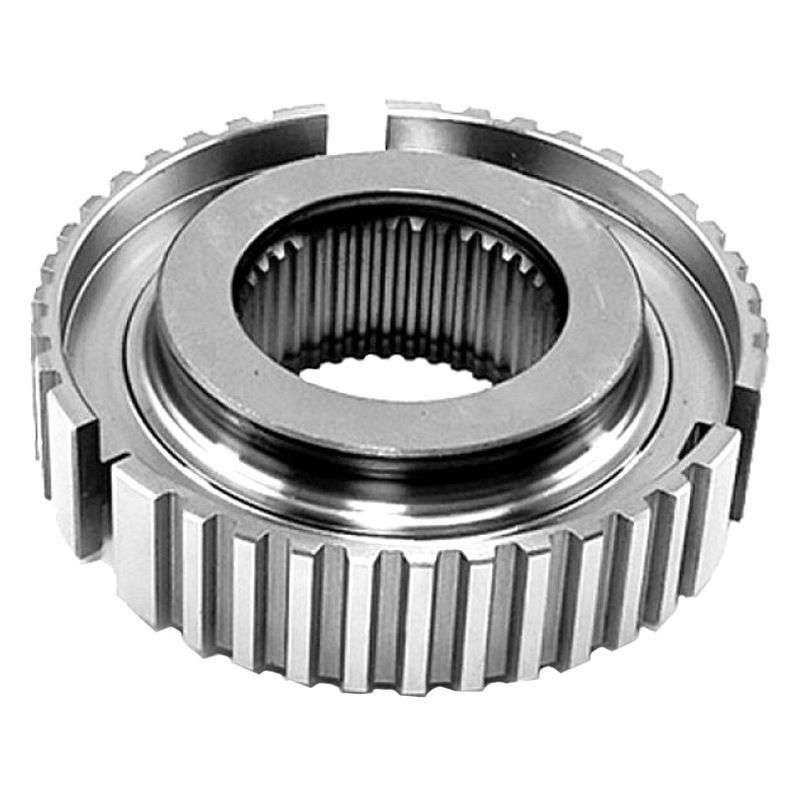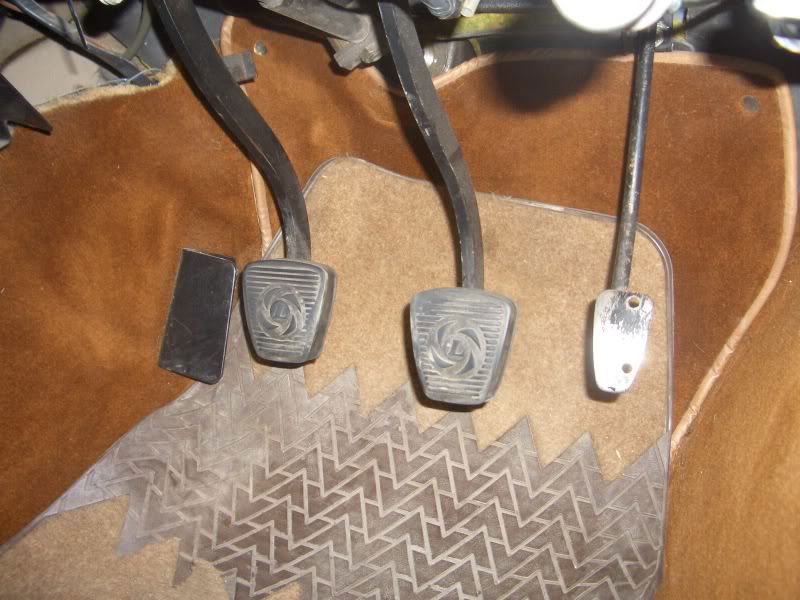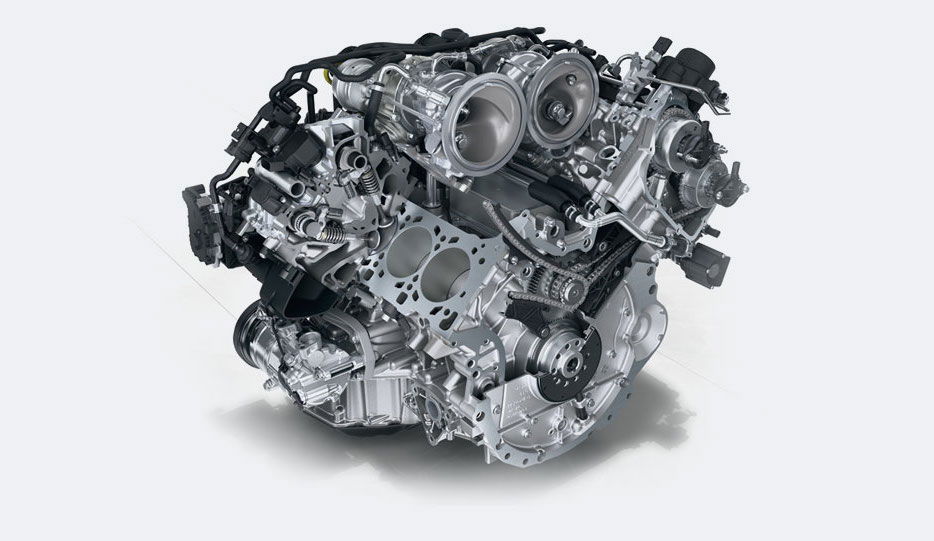How Does A Synchromesh Work?

Gearboxes are crazily complicated wonders of mechanical engineering that have allowed petrolheads to continually accelerate their vehicles by using a bunch of varying diameter cogs. Problems then arise from the fact that these gears all have teeth which protrude around their outer circumference which are essential for transmitting the power from the engine to the wheels through the transmission. If these teeth are not aligned perfectly, the gears on the output shaft will crunch with the gears on the layshaft, which could potentially lead to broken teeth and an expensive bill.
The alignment between the gears within the transmission all depends upon the speed they are spinning at; if you get gears spinning at the right speed, the teeth will mesh together and be capable of transmitting power through to the driveshafts and the wheels. Back in the day, the art of rev-matching and double declutching were used to change gear efficiently, but the invention of the synchromesh changed the manual transmission as an entity forever, simplifying the gear-changing process.

A synchromesh is almost like a small clutch that sits on the output shaft between gears, slowing or increasing the required gear’s relative speed to perform a perfect meshing of teeth within the transmission.
There are three main parts to the synchromesh action – the gear that is asked for, a bulk ring and a synchromesh unit. The bulk ring has outer teeth that mesh with the synchromesh teeth, but it also has an inner groove pattern that meshes with the gear that is required to be engaged. The synchromesh has an inner spline that coincides with the output shaft and then an outer spline that allows an inner ring to move internally within the gear. This outer ring is designed to only mesh with the bulk ring once their speeds are matched, meshing the teeth together.
Here’s a great video showing what’s going on during a gear change in slow motion:
So, as you begin to select a gear with the gear linkage, the selector forks initiate pressure on the bulk ring, which then begins to close in on the main selected gear. Luckily the gear has a cone-like shoulder on it which causes friction with the bulk ring which also contains a sleeve perfectly shaped to accept the shoulder, slowing the gear down. Soon, the bulk ring and gear are moving at the same speed and in perfect harmony.
With added force applied as the physical shift is performed through the linkage, the synchromesh unit is slid over the bulk ring, with both rotating at the same speed. The inner ring of the synchromesh then allows the outer radius of the synchromesh to meet up fully with the main gear, synchronising their motion together and completing the gear change smoothly.

A synchromesh effectively allows a gear change to be completed with one actuation of the clutch through the clutch pedal, essentially forcing the rev-matching through its efficient teeth-meshing. Instead of having to match the speed of the clutch plate and fly-wheel, the synchromesh does all the work slightly further down the line and has made manual gear-shifting far easier than it once was.
We take for granted how well car transmissions do their job these days, especially with the levels of engine power now being forced through modern gearboxes. But synchromeshes are like the ligaments of a car, connecting the transmission of power smoothly from one muscle to the rest of the body seamlessly.
So next time you slam a last-minute shift just below the red-line and the gear slots into place smoothly, remember that some genius engineering was key to that enjoyable shift action.


Comments
Just as smooth as me sliding into those DMs
This is very SHIFTING
I’m really in sync(hro) with this article, love it
How do you make a blog post?
The simple way of putting it is: the synchros fix your bad rev matching to give you a smooth shift. Rx-7 synchros suck, ask me how I know.😁
Eric Roberts-Hi this takes me back to my days at our local college.I was taking my motor mechanics course. Consequently, everything was going smoothly. We then came onto gearboxes and the dreaded synchromesh and how it worked? could i grasp it?could i hell? Car repairers today do not have to learn about it because we now have companies that specialise in gearboxes and synchro problems. thanks Eric Roberts www.pellonautocentre.com/our-blog/
Good article!